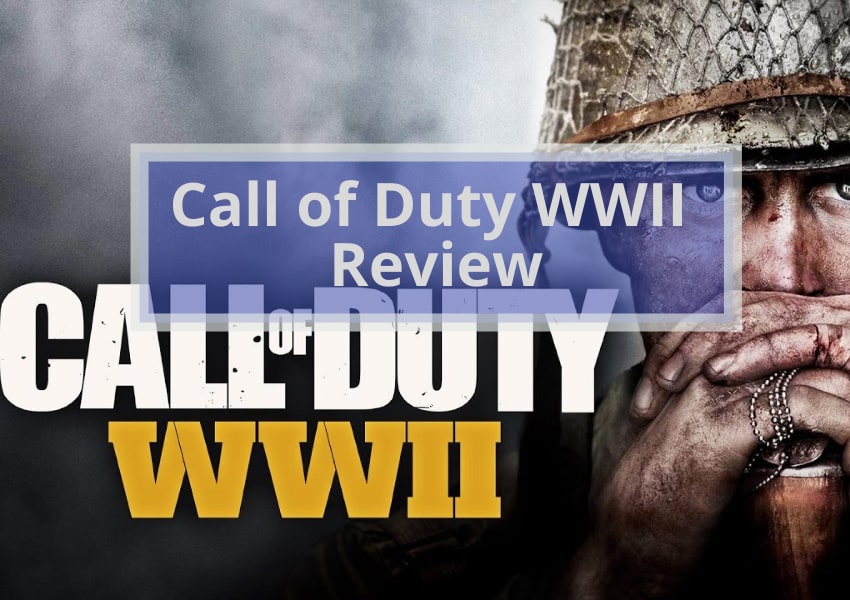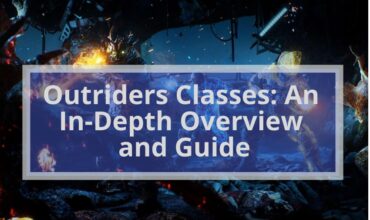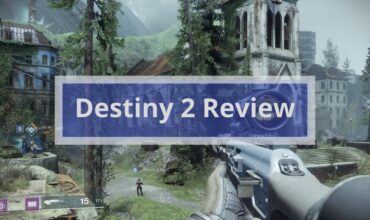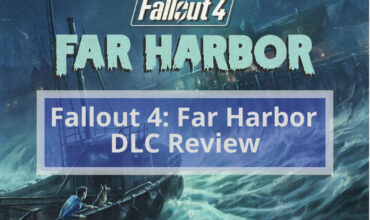When Advanced Warfare dropped in 2014, it took Call of Duty in a new direction. Snappy lateral dashes, and an emphasis on verticality remapped the series’ DNA for years to come. But – as with anything – fatigue set in. Players longed for simpler gameplay, and a return to more traditional movement. The popularity of last year’s Modern Warfare Remastered only cemented that fact; fans poured hundreds of hours into an HD-ified companion piece, over the big budget main release.
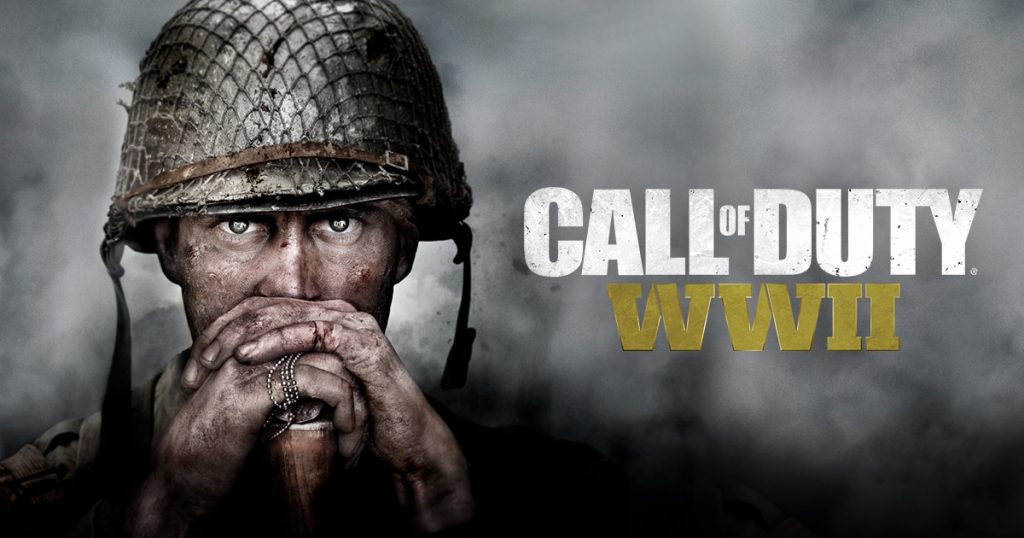
Enter Call of Duty: WW2, a game poised to bring the franchise back to its roots. But does Sledgehammer’s latest effort get things back on track? The short answer is “yes.” The long answer is a little more complicated, as the game struggles to find a balance between fun, and respect for an extremely grim subject matter.
As the name of the game suggests, you’re thrust into one of history’s bloodiest conflicts. Playing Private Ronald “Red” Daniels of the US Army, you and your squad are ushered between major battlefields in a final push to end the war with Germany. From the Normandy landing, to the snowy Ardennes forest, each level is beautifully rendered – which makes the lethality of war that much more poignant when bullets start flying.
While largescale firefights make up the bulk of the campaign, twists are thrown in there to change the flow – which often means vehicle sections. Swapping between a jeep, tank, and fighter plane all sounds terribly overwhelming, but the control schemes for these have been massaged so that they’re easy to pick up. But the campaign is at its best when it completely changes tone. Unexpected sections see you playing a Maquis agent infiltrating a nest of Nazis, or guiding displaced civilians through bombed-out buildings.
These scenes – in addition to moments of quiet – are used to explore some themes. Much of Call of Duty: WW2’s story isn’t about the patriotic hooah that’s plagued previous entries – which given the tone of the conflict and its place in history, is appreciated. It’s about a set of characters, making the best decisions they can in impossible circumstances.
The game tries to look at power structures, and how they can erode when faced with incredible violence and destruction. They skim the surface with some character developments and simple symbolism – about the way that war fundamentally changes everyone – but this is brushed aside in the later acts in a bid to wrap up loose plot points. Ultimately it becomes about the indomitable human spirit; that in the face of overwhelming odds, one should always strive to do the right thing. It’s simple, but given how dark the preceding hours are, a little optimism isn’t unappreciated.
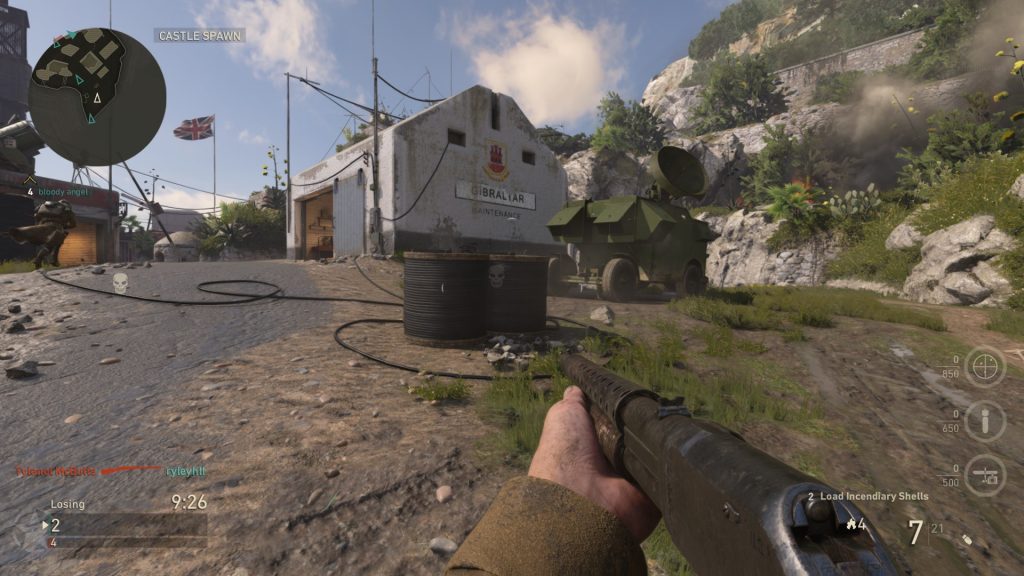
But the focus is on your squad, and the relationship you build with them. While most border on “wise-cracking-with-another-trait,” the game does a good job of humanizing them, and not shying away from the shittiness of the era. Characters bring up off-color remarks about race and religion, reminding you that while the Nazis are openly evil, America’s roots are tangled in a similar bigotry and hatred.
Your squad also factor in the moment-to-moment action. Regenerating health is gone in the campaign, replaced with a traditional life meter. At the touch of a button, you can request resources, from med-kits, to ammo and grenades. This transforms the pacing too; getting pinned down by enemy fire occurs frequently, and you need to run risk-reward scenarios in your head. Do you crawl across the battlefield to hit your friend up for a med-kit, or stay and tough it out? The campaign is the most difficult it’s been in years, which is welcome for those who have been aiming-down-sights for nearly a decade.
The main draw of any Call of Duty game however is its multiplayer, and WW2 does some interesting things with it.
On the ground action is exactly that – on the ground. Gone are the jump-jets and wall-runs. To compensate, map design has been dialed back in size. While you’re still getting your typical “three-lane” setup, maps are now about as wide as they are long. Because player density isn’t as much of an issue – no one is running down one lane at 300 kilometres-per-hour – firefights with larger groups crop up more frequently. It’s frantic, kinetic, and fun.
But the latest addition is War mode, which brings objective-based matches to the game. Much like Overwatch, War doesn’t surface things like kill-count; it’s more about your contribution. This entails storming the beaches of Normandy, or escorting tanks through narrow French streets. The best matches you’ll have are those that come down to the wire, as you fight tooth-and-nail over tiny slivers of land.
Progression has been shaken up too, stratifying it into Divisions – which essentially serve as classes. When you first load up the multiplayer, you’re asked about your preferred style of play; do you choose Infantry, for their bayonet charge and extra attachments? Or the Mounty, for their sniper rifle and silent movement?
Thankfully, choosing a Division doesn’t lock you into it. Levelling up your character – which happens frequently – rewards you with Rank tokens. While you can use these to buy new weapons, skills, or scorestreaks, they can also be used to unlock different Divisions.
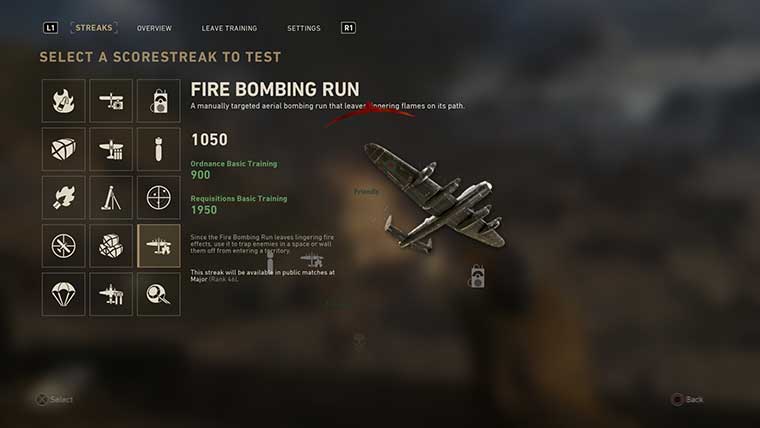
Specific weapons are gated behind progression in a Division, but finding ones that suits your playstyle doesn’t mean slogging through guns you hate using, thanks to the introduction of Orders. These are timed quests, which reward chunks of XP for completing them. They’re simple, often boiling down to racking up enough headshots in a match, or getting a certain number of kills across different match-types.
You’ll also routinely be rewarded with supply drops. While these can be earned via microtransactions, the contents never provide statistical benefits like increased damage or accuracy; you’ll be finding outfits to wear, weapon grips, XP boosters, or emotes. On rare occasions you might find an Epic weapon variant, but the only bonus these bring – apart from looking slick – is a ten-percent increase in XP from kills.
Wrapping these together is Headquarters – a social hub, which presents the above systems as vendors in a military camp. I’m of two minds about it. Having a space to explore while you’re matchmaking, seeing other players’ gear, and engaging in small activities and finding weird easter eggs is fun.
But then there are elements that seem crass. The animation for opening supply crates has them fall from the sky, and land comically at your character’s feet; they then pop open, for everyone else to gawk at the contents. Seeing such blatant psychological marketing presented on the beaches of Normandy is gross.
And I think being able to enjoy Call of Duty: WW2’s multiplayer will hinge on your ability to compartmentalise these things; a judgement call you as a reader will have to make. This is a shame, because removed from context, the multiplayer is the simplest and cleanest it’s been in years.
On the opposite side of this coin, we have Nazi Zombies – a mode so ridiculous, it never really runs into these grey areas. While previous Zombies modes haven’t interested me, Sledgehammer’s iteration is worth your attention. A lot of this comes down to the developer’s lineage, which can be traced back to the now-closed Visceral.
Key members of the team behind the Dead Space franchise now work at Sledgehammer, and their horror chops show. The idea of baking jump scares into a co-op zombie experience doesn’t work, so it’s handled dynamically. Spinning the camera and seeing zombies down an alleyway will trigger a scare chord, and occasionally they’ll pop out and try and grab you while activating mission objectives.
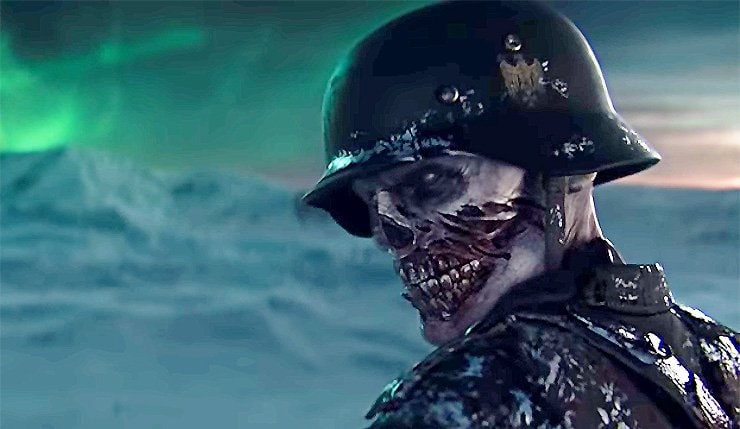
Classes have found their way into the Zombies experience too, each bringing different passive and active skills. Your ability to progress will hinge on how well you manage your skills with your teammates, as some synergise well – like the medic who can turn invisible to revive downed teammates, or the support who can taunt enemies to their location.
The mode splits the difference between being approachable, while still being inscrutable. Your next objective is always surfaced on the screen, but it’s often written in cryptic prose – leaving you to flip a sequence of switches, or solve a puzzle. It’s the first time in a Zombies mode where I felt like I had a grasp on what was going on, and could appreciate the mystery-solving elements that the diehards love.
Call of Duty: WW2 brings the series back to its roots, but parts falters when trying to find a balance between fun, and respect for the past. The singleplayer avoids the patriotic pitfalls previous games fell into, while injecting some much-needed humanity. But elements on the fringe of the multiplayer – the crass nature of the loot boxes when contrasted against a historically bloody setting – are at odds with this. Enjoying the game hinges on your ability to detach your appreciation for mechanics, from the dark subject matter.
